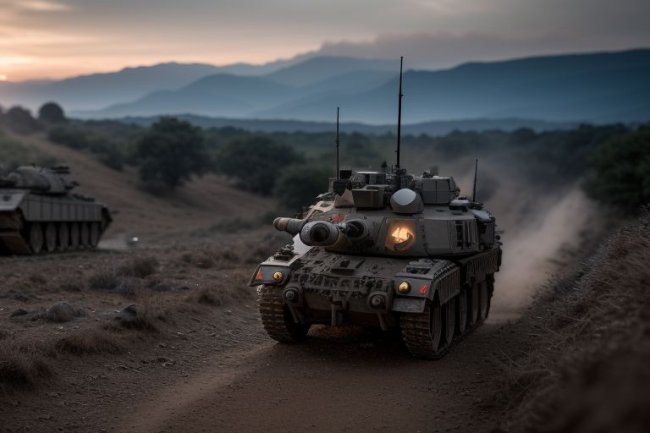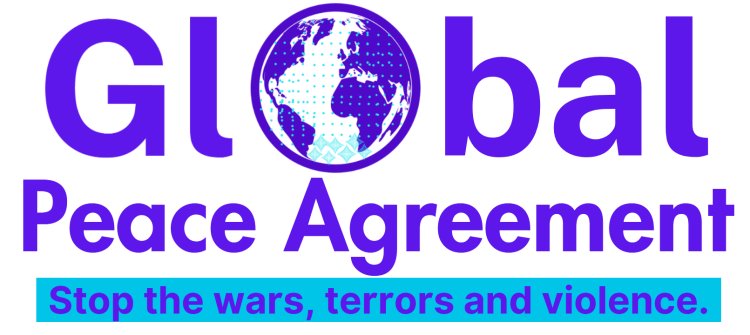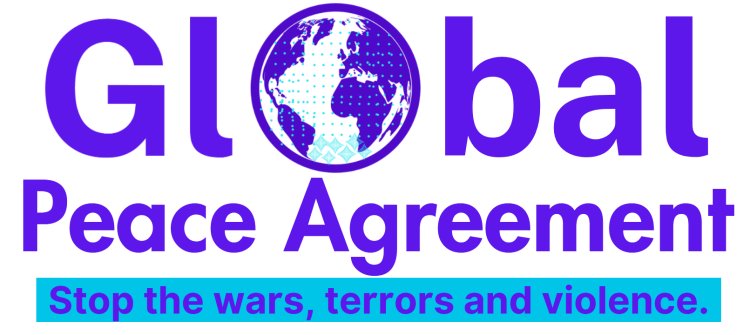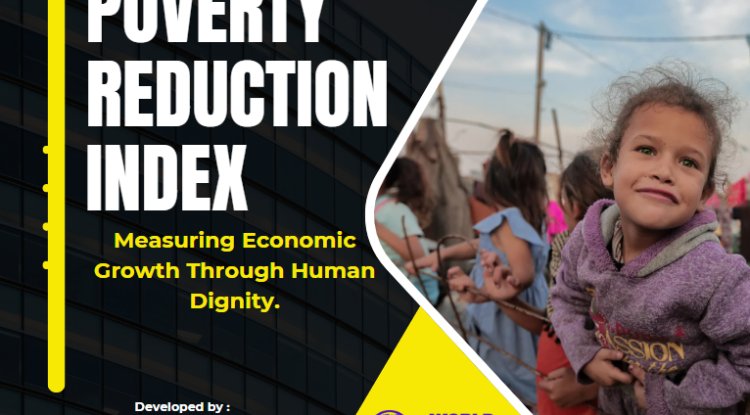Economic Setbacks And Long-Term Implications of War
War exacerbates poverty and exacerbates social inequities. Economic decline, job loss, and infrastructure collapse disproportionately affect vulnerable people such as women, children, and disadvantaged communities.
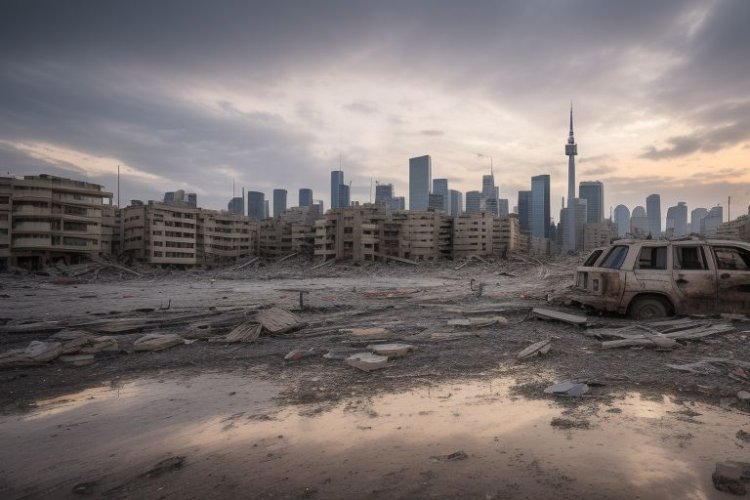
War has profound and far-reaching consequences that extend beyond human suffering and destruction. One of the most significant impacts of armed conflict is its severe economic setbacks on societies. The destructive nature of war disrupts economies, undermines development efforts, and imposes long-term implications that hinder progress and stability. By understanding the magnitude of these setbacks, we can strive for effective strategies to mitigate their impact, promote economic recovery, and pave the way for sustainable development.
Disruption of Trade and Commerce
War’s impact on trade and commerce has far-reaching consequences for economies and societies. Conflict zones become highly volatile and insecure, creating significant obstacles to transporting goods and conducting business operations.
The disruption of trade routes, closure of borders, and severing of supply chains disrupt domestic and international trade, leading to substantial economic setbacks. In war zones, the high levels of violence and insecurity create an environment that is unfavorable for conducting business. Companies face numerous challenges in transporting goods, including risks to the safety of their employees, damage to infrastructure, and the threat of looting or extortion. As a result, many businesses are forced to suspend or drastically scale back their operations, leading to a decline in production and trade volumes. The closure of borders further exacerbates the disruption of trade. Governments often impose restrictions on the movement of goods and people in conflict-affected areas as a security measure. This limits the flow of goods across borders, cutting off access to vital markets and interrupting supply chains.
The inability to export goods or import necessary inputs hampers the productivity and competitiveness of businesses, affecting their profitability and long-term viability. The loss of commercial connections and market access has an economic cascade. Industries that depend largely on imports or exports are especially susceptible to interruptions brought on by conflict. Export-oriented sectors such as manufacturing, agriculture, and mining experience a significant decline in product demand, resulting in job losses and reduced incomes. Small and medium-sized enterprises (SMEs), which often form the backbone of many economies, are especially vulnerable as they lack the resources and resilience to withstand such shocks. These businesses may struggle to access credit, face supply chain disruptions, and experience difficulty in adapting to changing market conditions. The decline in trade has broader implications for the overall economy.
Reduced trade volumes lead to lower government tax revenues, limiting their capacity to fund essential public services and invest in infrastructure development. The decline in economic activity also impacts the employment market, exacerbating unemployment rates and increasing poverty levels. As job opportunities dwindle, households face income losses, struggle to meet basic needs and experience a decline in their overall standard of living. Furthermore, the disruption of trade can have long-term implications for the economic development of a country. Trade relationships and market access that took years to establish can be irreparably damaged during the conflict. The loss of trade partners and the deterioration of business networks make it challenging for countries to recover and rebuild their economies after the conflict ends. Rebuilding these relationships and regaining market access requires significant time, effort, and resources.
Economic Decline and Macroeconomic Instability
War inflicts a severe blow to the economy, characterized by a sharp decline in economic activity, contraction of GDP, and an overall shrinking of the economy.
The destruction of infrastructure, disruption of trade, and loss of productive capacities all contribute to this economic decline, setting the stage for macroeconomic instability in war-affected countries. The destruction of infrastructure is a hallmark consequence of war that profoundly impacts economic performance. Critical assets such as roads, bridges, power plants, and factories are reduced to ruins, impeding the functioning of industries and hindering productivity. The loss of infrastructure disrupts supply chains, impedes the movement of goods and services, and paralyzes essential sectors of the economy. This disruption cascades through the entire economic system, leading to a contraction in economic output and a decline in GDP. The disruption of trade further compounds the economic decline. As discussed earlier, war leads to closing borders, cutting off market access, and severing trade relationships. The resulting decline in exports and imports directly affects the performance of industries heavily reliant on international trade. Reduced trade volumes lead to decreased revenue, job losses, and decreased economic activity, contributing to the overall economic decline.
The loss of productive capacities exacerbates the economic downturn caused by war. Productive assets, such as factories, machinery, and agricultural land, are destroyed or left in disrepair, severely hampering production capabilities. The decline in productive capacities stifles economic growth and makes it challenging for businesses to recover and rebuild. It also results in a scarcity of goods and services, limiting the availability of essential commodities and driving up prices. Macroeconomic instability emerges as a significant challenge in war-affected countries. Inflation rates skyrocket as the supply of goods and services is disrupted. The scarcity of goods, combined with increased demand, leads to price volatility, eroding the purchasing power of individuals and exacerbating the hardship faced by the population. Inflation spiraling out of control makes it challenging for people and businesses to plan and invest in the economy.
Governments in war-affected countries face substantial revenue shortfalls due to the decline in economic activities. The destruction of infrastructure, disruption of trade, and loss of productive capacities diminish tax revenues and create fiscal imbalances. This limits the government’s ability to fund essential services, invest in long-term development projects, and provide social safety nets to support the population. The lack of fiscal resources further exacerbates the economic decline and amplifies the challenges individuals and businesses face. The macroeconomic instability and economic decline from war undermine investor confidence and deter foreign direct investment
(FDI). Investors are reluctant to commit resources to countries experiencing conflict due to the perceived risks and uncertainties. The instability and unpredictability of the economic environment make it difficult to attract capital inflows and private investments, hindering economic growth and development. The absence of FDI limits job creation, technological advancements, and overall economic recovery.
Human Capital Loss and Labor Market Challenges
War inflicts a heavy toll on human capital, leaving lasting scars on the labor market and impeding economic development. The loss of skilled professionals, entrepreneurs, and productive workers due to death, injury, or displacement creates a significant void in the labor force, hindering economic progress. The loss of human capital from war is a profound setback for societies. Skilled professionals, including doctors, engineers, teachers, and other specialized workers, are often among the casualties of conflict. Their expertise and knowledge, built through years of education and experience, are irreplaceable. This loss deprives individuals and their families of their loved ones and deprives the country of valuable human resources needed for development. Displacement exacerbates the challenges faced by individuals in accessing employment opportunities. Displaced populations often struggle to find work in their host communities due to various factors, including language barriers, discrimination, and limited job opportunities. Displaced individuals may face difficulties recognizing their skills, and their qualifications may not align with the requirements of the host country’s labor market. As a result, many displaced individuals find themselves in vulnerable employment, with low wages and limited job security.
Furthermore, the loss of income and livelihood opportunities experienced by displaced populations has a ripple effect on the broader economy. Reduced consumer spending and decreased purchasing powers dampen economic activity, affecting businesses and markets. The absence of productive workers and entrepreneurs hampers innovation, productivity, and economic growth. The labor market becomes less dynamic, hindering job creation and exacerbating unemployment rates. The disruption of education systems during conflict compounds the loss of human capital. Schools and educational institutions are often targeted or used for military purposes, leading to the closure of educational facilities and the displacement of students and teachers. Limited access to quality education hampers human capital formation and skill development, affecting the long-term prospects of individuals and the country’s overall development. Children and youth unable to receive a proper education face challenges in acquiring the skills and knowledge necessary for employment and economic advancement. The loss of human capital from war has long-term economic recovery and development implications. The absence of skilled professionals and a diminished labor force hinder the rebuilding of infrastructure, reconstruction efforts, and the implementation of development projects. The restoration of vital services, such as healthcare and education, is delayed by a shortage of human resources with specialized knowledge and skills, further obstructing socio-economic development.
Escalating Poverty and Inequality
War exacerbates poverty and exacerbates social inequities. Economic decline, job loss, and infrastructure collapse disproportionately affect vulnerable people such as women, children, and disadvantaged communities. Poverty escalation promotes a cycle of deprivation and prevents people from obtaining needs such as food, housing, healthcare, and education. Inequality also deepens as the economic burden of war falls disproportionately on the marginalized and disadvantaged. Wealth disparities widen, and social cohesion weakens, fueling social tensions and hindering post-war reconciliation efforts. Addressing poverty and inequality becomes a critical challenge in the aftermath of war, requiring inclusive policies and targeted interventions to uplift the most vulnerable.
Debt and Fiscal Challenges
War often leads to increased public debt and fiscal challenges for affected countries. The costs of waging war, financing military operations, and reconstruction efforts strain government budgets, often resulting in large budget deficits and increased borrowing. Governments may resort to borrowing to fund immediate humanitarian needs and the costs of rebuilding infrastructure. High debt and fiscal imbalances can impede economic recovery and development prospects. Debt servicing obligations limit the availability of funds for essential services, social programs, and investment in productive sectors. The debt burden can persist for generations, hindering future economic growth and exacerbating the long-term implications of war.
Social Disruptions and Lost Opportunities
War disrupts social structures, undermines social cohesion, and creates a lost generation of opportunities. Displaced populations face significant challenges in accessing education, healthcare, and basic services, compromising their prospects. Children and youth are particularly affected, with disrupted education leading to a lack of skills and limited job prospects. The breakdown of social institutions and trust further hampers economic recovery. Rebuilding social cohesion and fostering inclusive societies become crucial for creating an environment conducive to economic growth and development. Investing in education, skills training, and social support programs can help mitigate the long-term consequences of war and empower individuals and communities to rebuild their lives.
Impeding Sustainable Development
The economic setbacks caused by war pose significant obstacles to achieving sustainable development goals. Sustainable development requires a stable and resilient economy, social inclusion, and environmental sustainability. The destruction of infrastructure, disruption of trade, and loss of productive capacities hinder progress toward these goals. Rebuilding and recovery efforts need to be aligned with sustainable development principles. This involves integrating economic, social, and environmental dimensions into post-war reconstruction and development plans. By promoting inclusive and sustainable development, war-affected countries can overcome the long-term implications of conflict and create a pathway toward resilience and prosperity. The economic setbacks resulting from war are profound and have long-term implications for societies, businesses, infrastructure, and future prospects. The destruction of infrastructure, disruption of trade, loss of human capital, and macroeconomic instability hinder economic recovery and impede sustainable development efforts. Addressing these challenges requires comprehensive strategies focusing on rebuilding infrastructure, fostering inclusive growth, promoting human capital development, reducing inequalities, and ensuring fiscal sustainability.





